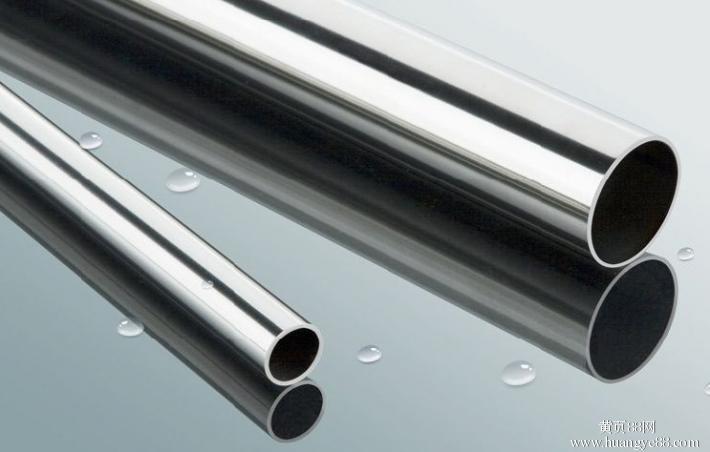No matter how sophisticated the welding technique is, there still have some common defects on the welding parts of steel pipes.
1. Bubbles. Bubbles mainly occur in the center of the welding parts; the major reason is that the hydrogen is still existing in the metal weld seams in the form of bubbles. There are several measures to eliminate bubbles. Firstly, clean the rust, oil, water and moisture on welding wire and welding seam; secondly is to dry pipes and remove moisture. In addition, increasing current, slowing welding speed and solidification rate of molten metal are also effective methods.
2.Sulfur crack (cracks caused by sulfur). The reason is that the sulfur aliquation contains iron sulfide with low melting point and the hydrogen in steel. In order to prevent the situation, manufacturers can use semi-killed steel and killed steel having less sulfur aliquation. What’s more, keep the dryness and cleanness of surface of welded pipes is also necessary.
3.Hot crack. In submerged arc welding, the welding parts may have hot cracks, especially in the starting and ending arcs are more easily to have cracks. For the purpose of eliminating these cracks, generally install a plate in starting and ending arcs, when finishing the welding, rotate the pipe. When the stress is large and high content of strontium in welding seam, it’s easily to form hot cracks.
4. Involvement of welding slag. During welding, a part of metal slag may remain in the welding seam.
5. Poor penetration degree. The insufficient superposition between inner and outer welding seam, sometimes can not have through welding which is called as poor penetration degree.
6. Undercut. Undercut refers to V-shaped grooves along the edges of the weld seam. When the welding speed, current and voltage are inappropriate, then the under cut will appear. The fast welding speed is the major reason to cause the undercut.


